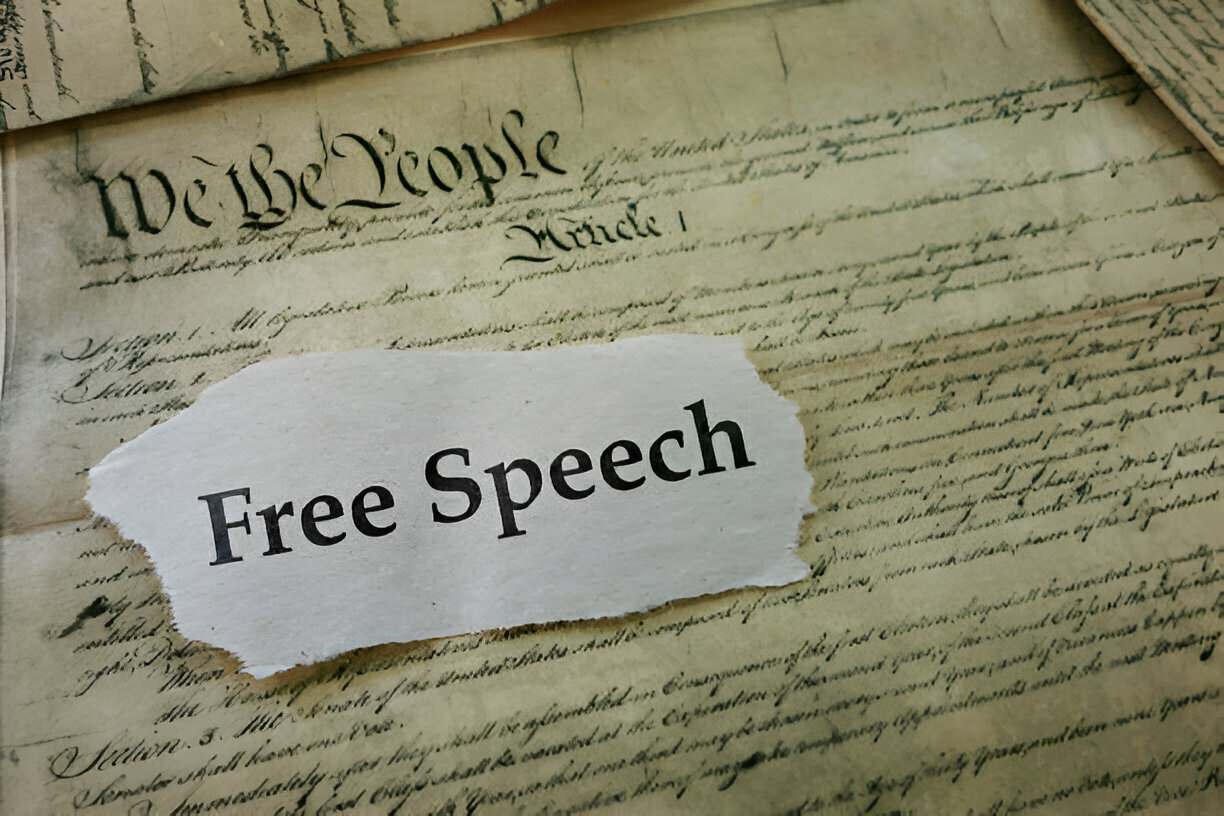Freedom of speech is fundamental in democracy but not absolute, as legal boundaries define its limits. Court rulings shape these limits by balancing free expression with concerns like public safety, national security, and defamation.
While some decisions expand speech protections, others impose restrictions when speech crosses legal boundaries. Understanding these legal precedents helps clarify the balance between individual rights and societal responsibilities.
Contents
Defining Protected and Unprotected Speech
Not all speech enjoys full constitutional protection. Courts recognize that speech like threats, incitement, and harmful falsehoods can be regulated to prevent harm while protecting free expression. The challenge is determining where to draw the line in each case.
Judicial rulings refine the scope of protected speech over time. Some cases reinforce the right to express controversial opinions, while others establish necessary constraints. These decisions create a legal framework that helps balance personal freedoms with the broader interests of society.
Understanding these rulings is crucial for navigating the complexities of free speech in legal and everyday contexts.
Hate Speech and the Law
Hate speech remains one of the most debated aspects of free speech law. Offensive speech is usually protected, but courts restrict speech inciting violence or discrimination. This balance safeguards free expression while preventing real-world harm.
Case law continues to shape how hate speech is addressed under the law. Some rulings have upheld restrictions in cases where speech directly threatens public safety. Others have reaffirmed the principle that offensive or unpopular speech cannot be censored solely for being distasteful.
These legal decisions help establish the boundaries of hate speech regulation within a democratic society.
Freedom of Speech in the Workplace
The right to free speech does not always extend into private workplaces. Employers can regulate speech that impacts productivity or creates a hostile workplace. Courts uphold restrictions when speech conflicts with company policies or duties, defining free expression limits in employment.
However, there are protections for certain types of speech in the workplace. Whistleblower laws, for instance, protect employees who report illegal activities. Additionally, labor laws safeguard discussions about wages and working conditions.
Court rulings continue to refine these protections, ensuring a balance between employer interests and employee rights.
Internet and Free Speech Challenges
The rise of digital platforms has introduced new legal challenges for freedom of speech. Online speech, from social media to digital publications, follows traditional laws and evolving interpretations. Courts address harassment, defamation, and tech companies’ content regulation, shaping free speech in the digital era.
One major challenge is determining whether online platforms should be treated as private entities or public forums. Some court decisions have supported platform moderation rights, while others have raised concerns about censorship.
As technology evolves, case law continues to adapt to new forms of communication. The legal framework surrounding online speech remains a dynamic and evolving area of law.
Balancing National Security and Free Expression
Courts have also weighed free speech against national security concerns. Governments can restrict speech that threatens national security, like inciting terrorism or leaking classified data. Courts define these limits to prevent undue censorship.
Some court rulings have upheld broad governmental powers in times of crisis. Others have reinforced the need for strict scrutiny when limiting free speech for security reasons.
These decisions help establish a balance between protecting national interests and preserving fundamental freedoms. The legal landscape continues to evolve as new security challenges arise.
Conclusion
Freedom of speech is a constantly evolving right shaped by legal decisions. Case law shapes free speech limits, distinguishing protected speech from lawful restrictions. Courts balance individual expression with societal concerns, from hate speech to workplace rights.
As new challenges emerge, legal precedents will continue to guide the interpretation of free speech in modern society.

